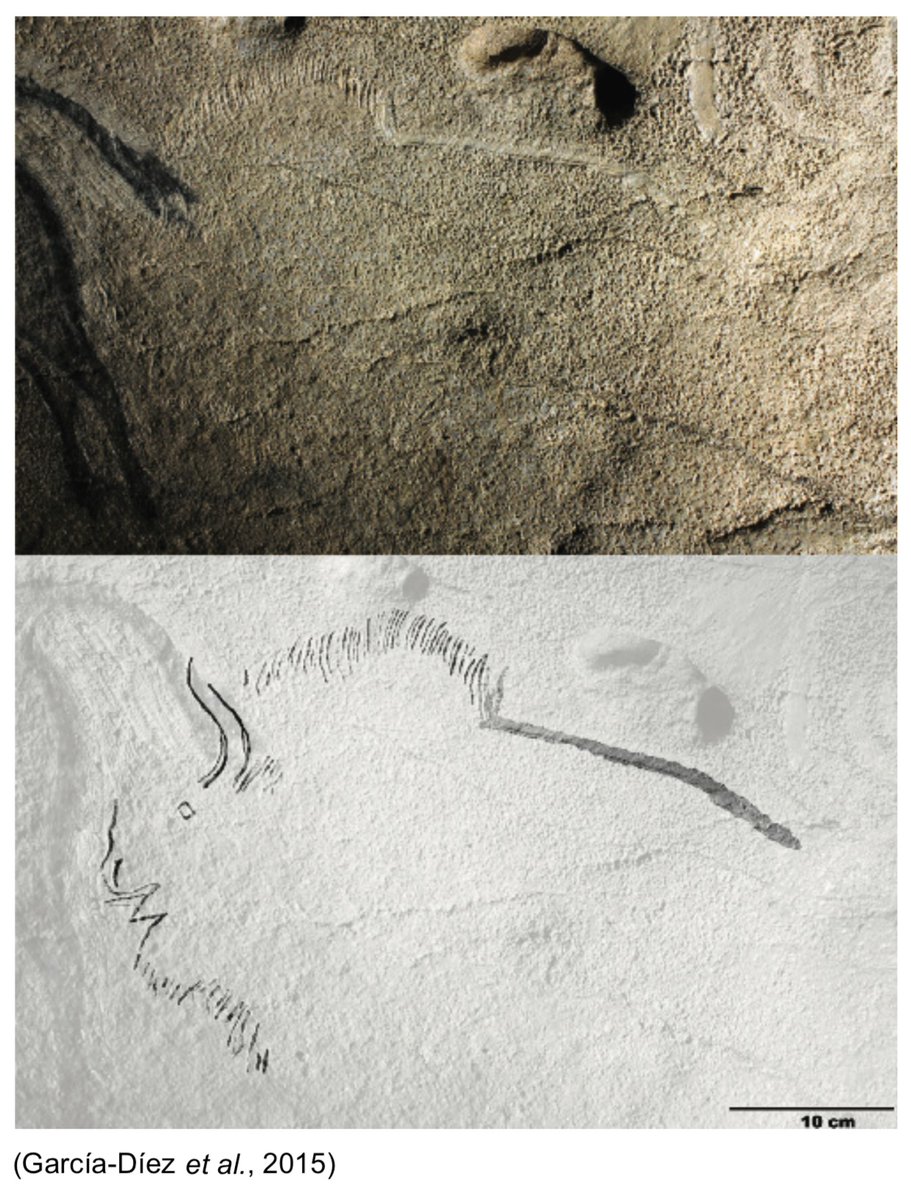
📢📢📢BEFORE ART AT THE 2021 EUROPEAN RESEARCHER'S NIGHT ❗️#europeanresearchersnight2021 #NocheEuropeaInvestigadores
The collaborators of this project are going to participate this Friday in the activities programmed by the University of Cantabria.
👇😉
The collaborators of this project are going to participate this Friday in the activities programmed by the University of Cantabria.
👇😉

⁉️This Friday, 24th sept., the 9th edition of #EuropeanResearchersNight2021 will be held, and numerous amazing activities have been scheduled from the @UCDivulga and @IIIPC_Cantabria.
➡️From the Before Art project, we propose the following activities:
➡️From the Before Art project, we propose the following activities:
❗️DIBUJANDO EL PALEOLÍTICO
(For children👧🧒) You will know the Paleolithic technology and the rock art images that these societies represented in caves and shelters.
(For children👧🧒) You will know the Paleolithic technology and the rock art images that these societies represented in caves and shelters.
🤔💭The objective of this workshop is to create a small artwork with the same techniques and materials as our ancestors.
🪔We will also show you how they illuminated the caves by a small grease lamp.
🪔We will also show you how they illuminated the caves by a small grease lamp.
❗️❗️WHY RESEARCH PALEOLITHIC ART IN THE 21ST CENTURY? 👉by @veronicart24 and @LoliMalg
📚The title says it all right?
😉This conference is in spanish!
⚠️IMPORTANT! It is necessary to register at the following link (selecting the desired activity): web.unican.es/unidades/cultu…
📚The title says it all right?
😉This conference is in spanish!
⚠️IMPORTANT! It is necessary to register at the following link (selecting the desired activity): web.unican.es/unidades/cultu…
❗️❗️❗️CLIMATIC CHANGE IN THE STUDY OF PREHISTORY
⚓️He will talk about the main climatic indicators such as pollen, seeds, charcoals, malacofauna, the different species of microfauna and the deposits that were submerged by the rise in sea level.
⚓️He will talk about the main climatic indicators such as pollen, seeds, charcoals, malacofauna, the different species of microfauna and the deposits that were submerged by the rise in sea level.
It will also be shown how these archaeological remains are analyzed using a portable microscope that we usually use in the cave.
❗️Finally, participants will have the opportunity to have an immersive experience in the rock art of a sector of the Atxurra Cave (📸), thanks to virtual reality glasses. #VR #CaveArt 

• • •
Missing some Tweet in this thread? You can try to
force a refresh




















